Ahead of the premiere of her new film Foragers, visual artist and filmmaker Jumana Manna talks to Sophia Hoffinger about how she addresses larger political and historical issues through her research and portraits of daily life, be it Syrian farmers trying to save their seed heritage from war or Palestinians exercising their right to forage on their land becoming an act of resistance. A fascinating exchange about how institutions created to preserve have often gone hand in hand with colonial expansion, extraction and erasure, and the age-old question: Who owns the land and who gets to decide what takes place on it?
Sophia Hoffinger: Could you start off by telling us a bit about your 2018 film Wild Relatives and how you came to that work as a filmmaker, but also as a visual artist. What first brought you to the work of the seed bank?
Jumana Manna: For several years I’ve been doing various projects related to preservation and archival practices as a facet of modernity and its institutions. Institutions that classified, created taxonomies and archives have often gone hand in hand with colonial erasures as well as expansionist and extractive projects.
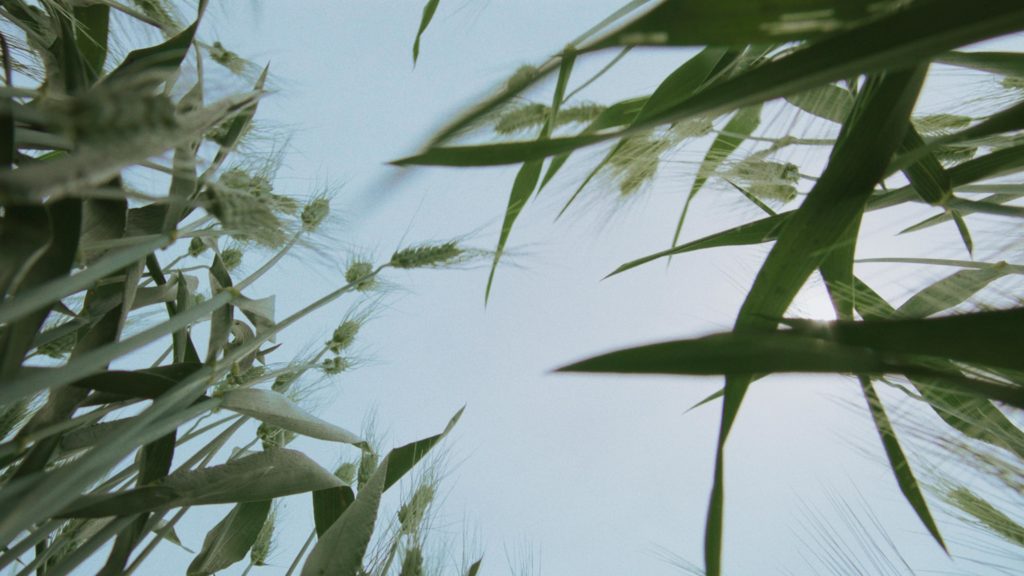
Wild Relatives quite directly emerged out of research I had done on a 19th-century herbarium in Beirut called the Post Herbarium. George Post was an American botanist, surgeon, scientist, and linguist who arrived in Lebanon in the mid 19th century and had a passion for botany and plants. He was also a religious man and interested in studying things that are mentioned in the Bible, so part of his attempt to create a herbarium of the region was also related to his faith.
Through this research, I became interested in overlaps and genealogical connections between still-life painting and representation of plants from early modernity, in the 16th and 17th centuries, when the Dutch and other Europeans started embarking on their colonial missions, bringing plants and spices back with them to Europe. I was intrigued by how the painting of plants was elevated to a higher-ranking form of art because of the economic relations that it came to represent. So I made an installation that was a hybrid between thinking about the artistic genre of still life and the history of botany and herbariums – the first archives of plants.
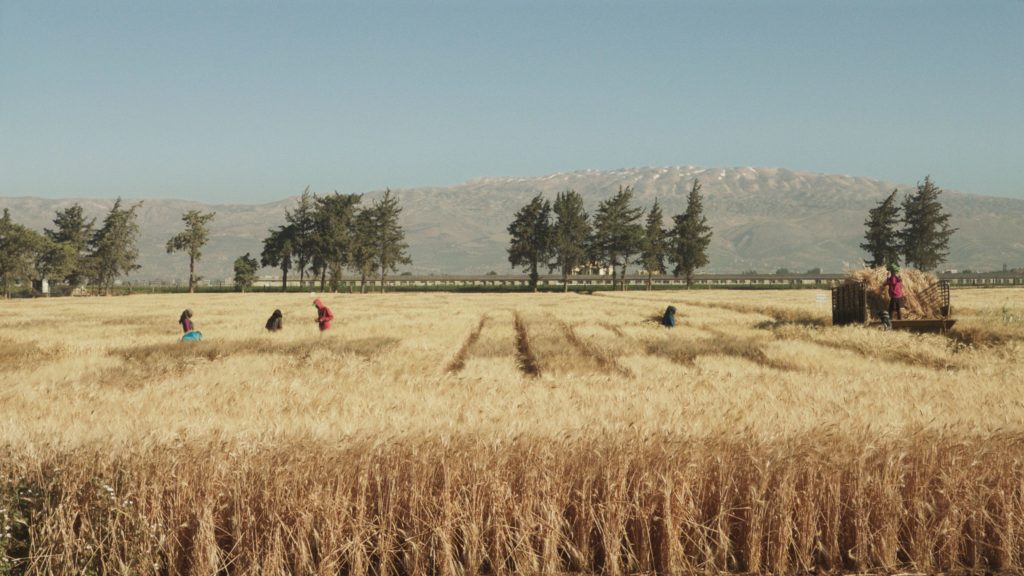
I wanted to continue thinking about some of these questions. These archival documents around plants and herbariums are very beautiful things. I mean you really are looking at pressed flowers that maintain the morphology and colours from 300-400 years ago and it’s quite stunning. But they’re also documents of a kind of colonial violence that came with this method of studying the land, plants and people. I asked myself what contemporary parallels there are to them today.
Around the time that I looked at the different kinds of seed banks in the region and their relations to issues of food sovereignty, the Syrian revolution had turned into a horrific proxy war. I came across the story of ICARDA (International Center for Agricultural Research in the Dry Areas), which was gradually moving from Aleppo in Syria to the Bekaa Valley in Lebanon. Once they made the move in around 2014, they started planning the reproduction of their seed bank, which they couldn’t take with them from Aleppo due to various logistic and technical reasons. So in around 2016 they began building a “new”, or duplicate seed bank in Lebanon. To reproduce this seed bank on the other side of the Syrian/Lebanese border, they decided to withdraw backup copies from the Svalbard global seed vault in the Arctic.
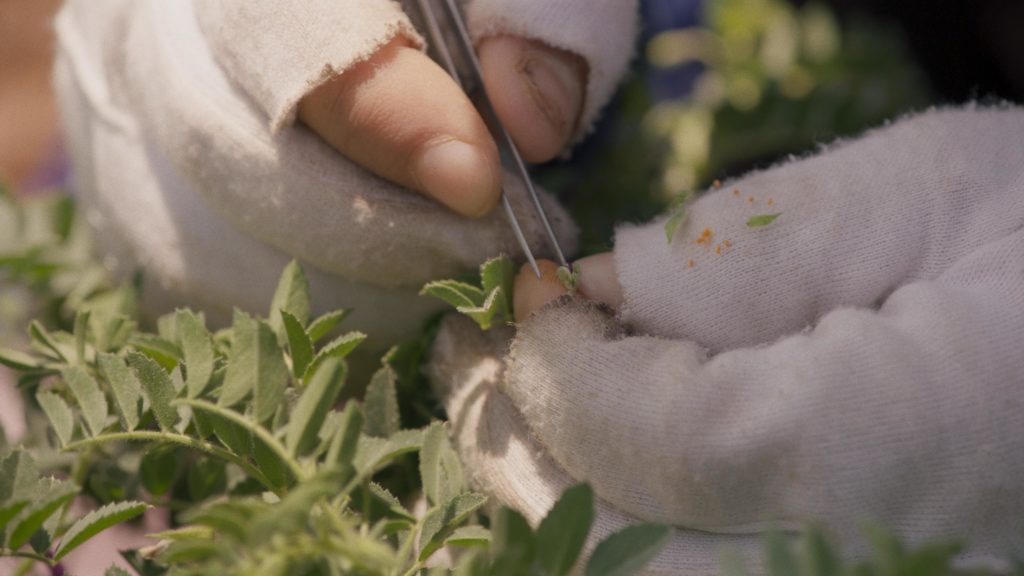
I think the absurdity of this journey caught my attention, and it spoke to geographical connections in my own life. I studied and lived in Norway and have been interested in the country’s positioning in global politics, particularly towards the Middle East. I felt I had something to say about yet another framing of a Norwegian-based initiative coming to “save” something, in this case, a very important seed bank that was based in Aleppo.
Archives, as a product of colonialism, pose the question: who owns the knowledge being archived and who is able to curate that knowledge – in this instance who holds control over the seeds – and is in a position to lend the seeds back? Wild Relatives touches on all these different tensions at a global and local scale. It considers the human and the non-human, and also a particular moment in time, that seemed to reveal structural problems. What did following these seeds reveal to you about these tensions, and what kinds of connections between people and the seeds that you find in your work spoke to you?
I went on a long research and learning journey in making this film as I was no specialist in agricultural history, nor Syria, for that matter. I learned many things along the way. I was interested in questioning who benefits from the research of an agricultural institute of this sort and who it really serves. This kind of seed production actually ends up serving the industrialised nations and the nations that have the best duplication and distribution systems of these seeds.
I was interested in questioning who benefits from the research of an agricultural institute of this sort and who it really serves.
Ironically, the country that has benefited most from ICARDA’s research in Syria is Australia because it has a very similar climate to our region but a much more advanced support system for the agricultural sector. It’s not a coincidence, this is really a structural issue with the whole history of seeds and agriculture. Seeds are extracted – even though it’s not often thought of as extraction – from farmers across the Global South who have been developing them through repeated selection and cultivation over generations and millennia. In the 20th century, these seeds are taken to labs and onwards where they end up serving the economies of industrialised countries. This is the history of industrial agriculture, even with institutes like ICARDA that claim to be working for the improvement of the livelihood of smallholder farmers but really you need an entire system in place, locally and internationally, to make that a reality.
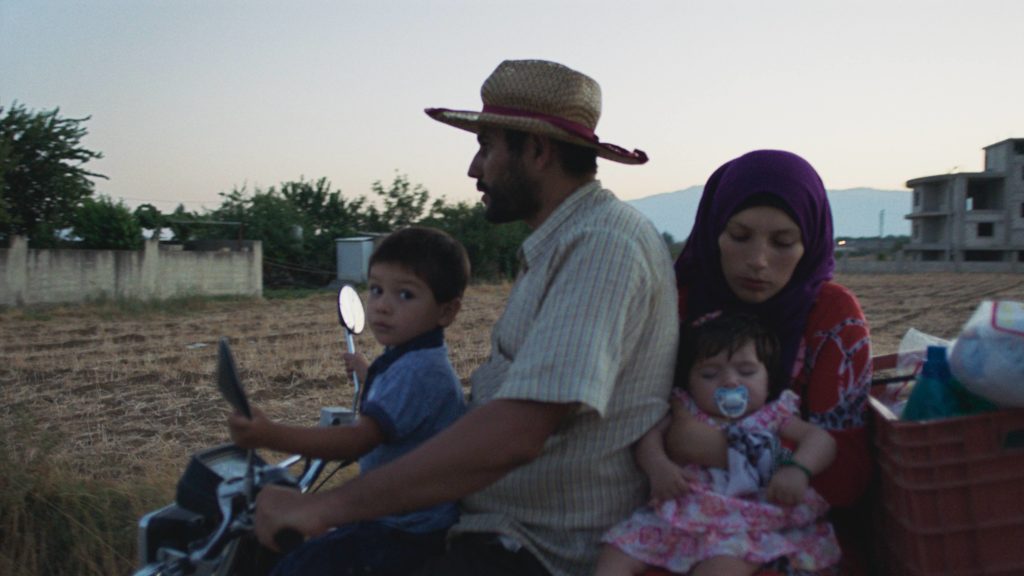
One side of ICARDA’s work is the production of new, hybrid seeds, through cross-breeding processes (that would take seven years in the field and can be done in one year in a lab) – varieties that are “pure” or uniform and can be easily marketed. The other is the seed bank, which is different and more difficult to critique because on one hand, it is the gene pool that feeds the production of hybrid or uniform seeds, but on the other is also a major resource for biodiversity preservation. A lot of varieties have died out because of climate change, drought and disease, but most crucially because of the distribution of such hybrid seeds that replaced the heirloom varieties and eventually killed off the diversity in the fields. This diversity exists now mostly in seed banks like ICARDA’s, so the resource that ICARDA sits on is a really incredible one – it is one of the most important collections in the world.
That was a central contradiction that I wanted to address, between the movement of the seeds and the barred movement of the people.
Another key thing I was interested in is how these seeds are border-free. Not only because they are ingested by birds and other animals and transported through their guts and the wind but also because they are a huge economic resource transported all over the world – agriculture is the largest industry in the world. Meanwhile, the descendants of the farmers who co-created them cannot go anywhere. The Syrian labourers in the field are not even allowed to leave the Bekaa Valley. They are undocumented refugees who will never get visas to travel. That was a central contradiction that I wanted to address, between the movement of the seeds and the barred movement of the people.
It’s so fascinating to look at the genealogy of these gigantic organisations; at the political economy in which they’re embedded and how they entangle different kinds of agents, who they value very differently. As you say, there are borders for humans, but not for the non-human source that you can extract and profit from. Can you talk a bit about how the research process of digging through this big institution was for you?
The institution was extremely welcoming and collaborative and open to answering all my questions. Many of the people who work there also understand the contradictions of their work and are vocal about it – perhaps less so on camera. I also spent a lot of time travelling around the Bekaa valley and speaking to farmers, both Syrian and Lebanese. I wanted to understand their analyses and experiences because they suffer in different ways from the regimes under which they live. I also spoke to people who are against the industrial agricultural system altogether, who are trying to establish organic farms and seed libraries that are not dependent on refrigeration and external economies and so on.
If we broaden the focus to the rest of your film work, how are food and food production a means to tell stories, to elucidate conflict for you?
I have to admit, my interest did not start from being a foodie. I love to cook and I’ve become more of one over the years, but my interests were more archival, historical, political. In this case, the subject happened to be plants – plants that happened to be food. But in terms of the matrix of the story, I was thinking through characters, through places and individuals and the relations of these individuals and the seeds. That’s how I like to work. I am more interested in the affective and sensual register of cinema as an experiential rather than informative medium, so there is a voiceover in the film but it’s sparse. It’s through thinking about how these matrices play out onto the individual, collective body and the land that food obviously became central. Food is where these, apparently very abstracted, forms of violence and sets of power relations impact the most intimate part of our bodies through digestion. It is in these scenes of people making food and sharing food with one another, that what’s at stake really becomes more felt in the film. We’re speaking about these mega histories and networks but really honing them down to the smallest scale of what’s on the table and what we eat.
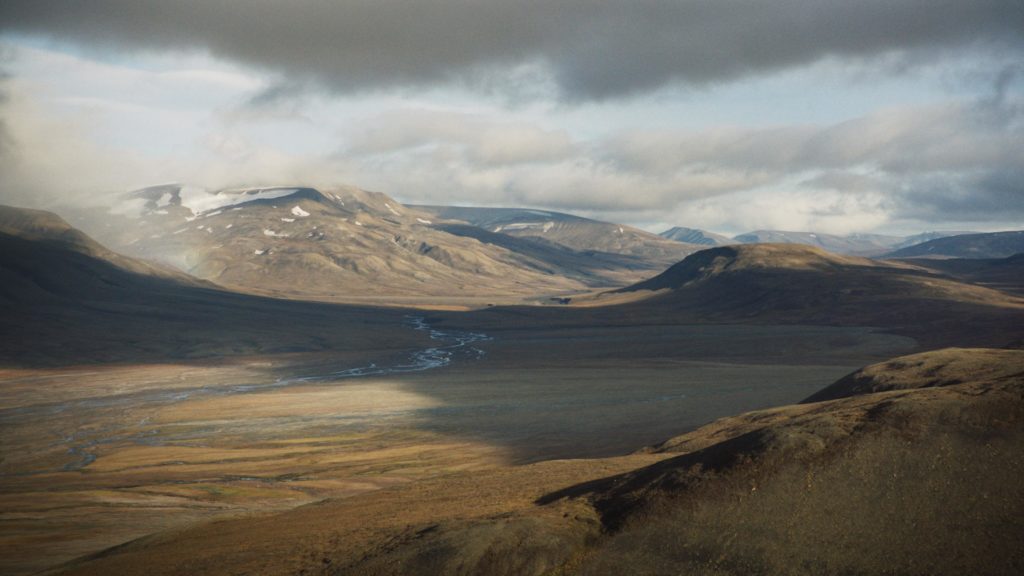
In your 2015 film, A Magical Substance Flows Into Me, which was also based on an archive – in this case, one concerning the music and traditions of various ethnic groups in Jerusalem – I really like all the scenes playing out in kitchens. The film is more about music but still, you seem to see a lot of people preparing tea, sitting in kitchens, singing in kitchens, playing music in kitchens…
That was also by chance. In A Magical Substance Flows Into Me I was interested in filming inside domestic spaces, and from a spatial/camera framing point of view, kitchens are often the most interesting spaces within homes. Also, I was re-staging the first encounter of me and the musicians, and it often happened to be that the first conversations would be in the kitchen because I would walk in and be immediately asked: “what do you want to drink?”. Food was not the starting point it just came with, in that case, the music and the conversation.

It made me uncomfortable when some reviews or synopses about the film came out saying “it’s a film about music and food and people coming together”. For me it’s clearly not that, it’s a film about segregation and the potential of affective historical storytelling to challenge hegemonic narratives. It felt like an almost an orientalist take that missed a lot of the violence underneath the subtle interactions, and the claustrophobia and the tensions that, for me, are very present. I think some, particularly European, viewers wanted to see this as a film about coexistence through the shared food and sharing of music, even though none of these things was actually shared in the film: each person is shot in their own domestic space, they do not meet. There are strong political divides between many of the groups that I filmed.
I think food, like music, is sometimes misused to celebrate something that’s not there on the ground, politically speaking.
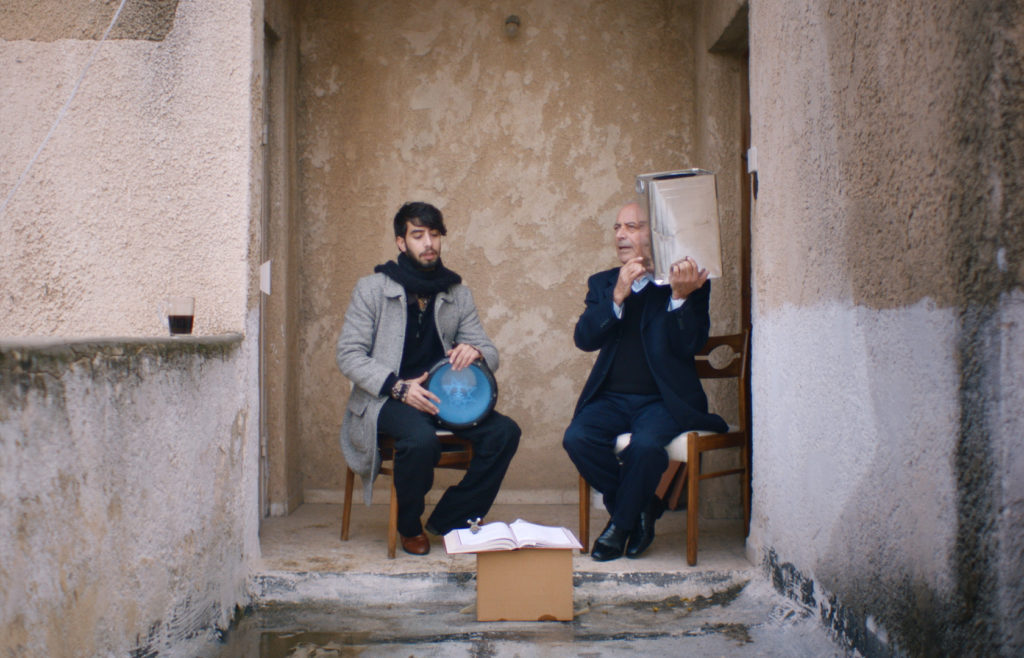
I think food, like music, is sometimes misused to celebrate something that’s not there on the ground, politically speaking. For instance, if a conservative German goes to eat a meal o beans on Sonnenallee in Berlin, it doesn’t necessarily mean that they welcome Arabs in Germany. It might just be because the meal is cheap, tastes good and happens to be near where they live. Similarly, the performance or consumption of a particular musical tradition, doesn’t always reflect an understanding of that tradition and its political resonances. In A Magical Substance I was thinking about both the potential and the limits of music to overcome political divisions.
How does that thread of thought lead to the subject matter of your new film, Foragers, set in Palestine/Israel?
Whereas Wild Relatives looks more at the top-down violence, or problems of science with regards to farmers and seed preservation, Foragers is about the top-down violence of colonial laws around preservation practices. What was top-down towards the farmers in the first instance is top-down here towards the pickers – towards those who are actually engaged with the tradition of foraging, and who were not consulted before the law was passed. There is a commonality between the two films in that they are both ways of looking at the contradictions of preservation practices and of the erasures that accompany those preservation practices.
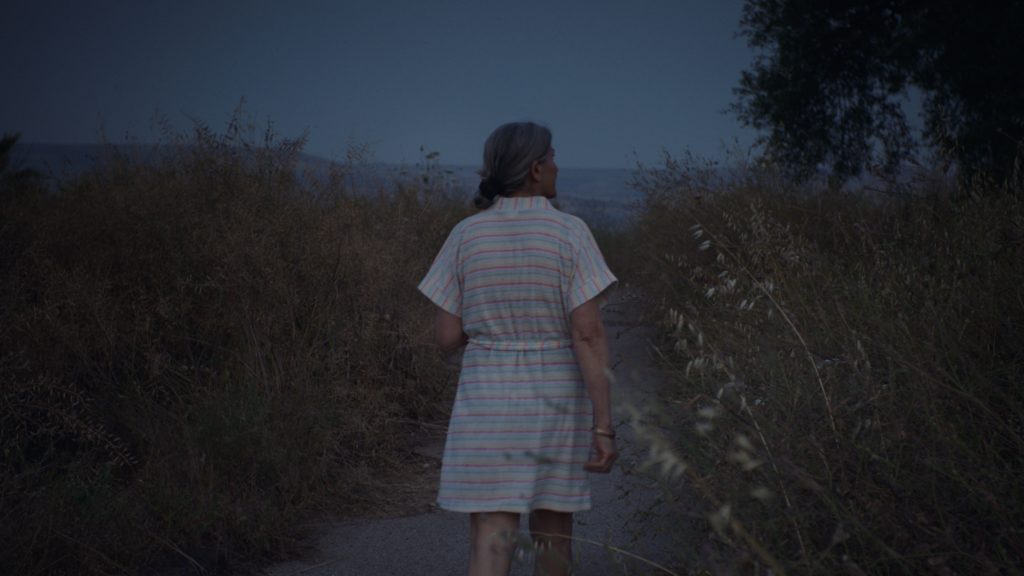
Can you explain briefly what Foragers is about?
Foragers, involves a personal and family history that I know very well, which happens to intersect with many things that I’ve been researching and dealing with over the years. It looks at the criminalisation of herb picking cultures in Palestine and Israel, specifically around the wild growing za’atar (thyme), and akkoub, (gundelia, it’s a relative of the sunflower). Akkoub tastes a bit like artichoke. It’s prickly and hard to collect and prepare because of its thorns. Israel has banned the foraging of these food plants and the film portrays the dramas around foraging practices that continue, despite the prohibitive laws. It also looks at how the continued practice of foraging becomes an act of resistance as this law comes to represent the occupation at large, the management of the land and its sovereignty. In other words, who owns the land and who gets to decide what takes place on it?
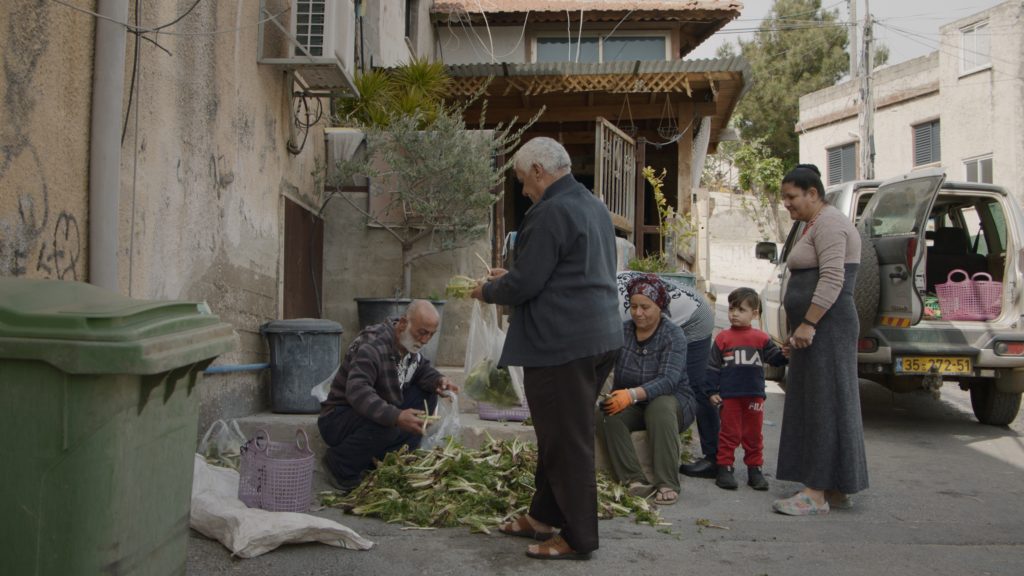
The film is also about the joy of foraging. It’s about knowledge and the tenderness towards these plants – being able to recognise them, know how to handle them, and being out on the land as a claim to it, an insisted presence in the landscape. This joy confronts the legal dynamics and colonial power relations. The chase scenes with the green patrol who are out to make sure nobody is breaking the law, that bring out the more tragicomic aspect in the film, alongside the re-staging of court hearings where the accused have an array of rhetorical approaches and attitudes to defend themselves against the farcical charge of damage of the land i.e. picking the plants. It’s a hybrid fiction-documentary, using a spectrum of cinematic tools and languages to tell the story with a mix of actors and non-actors.
Who owns the land and who gets to decide what takes place on it?
In the broader context, Foragers is a micro-story that reflects the politics of extinction on a global scale: Who gets to decide what lives and what gets erased? The occupation is a reflection of strategies that we see elsewhere around the world, most clearly in other settler-colonial states that embody comparable dynamics of coloniality and economic imperialism, particularly with all that pertains to so-called nature.
Can you speak a bit more about foraging as resistance in this context? And beyond resistance, what does foraging mean to the people you follow in your film?
As with A Magical Substance Flows Into Me, I’m interested in how resistance doesn’t necessarily take the form of heroic acts but is really just embodied in everyday life and desire. I think that’s a familiar thing in Palestine where the continuity of life, or a dignified life, is under constant attack. The act of foraging might not always be a political act or appear to be an act of resistance, but in the context of Palestine, Israel and how the law came into place, it becomes another facet of the resistance against racist laws and policing. There’s something to be said about the right to one’s connection with the land and what grows on it, and a freedom in claiming that time out in the mountains and hills in springtime that is both an immense pleasure, and an insistence on a way of life – of being in and with the land.
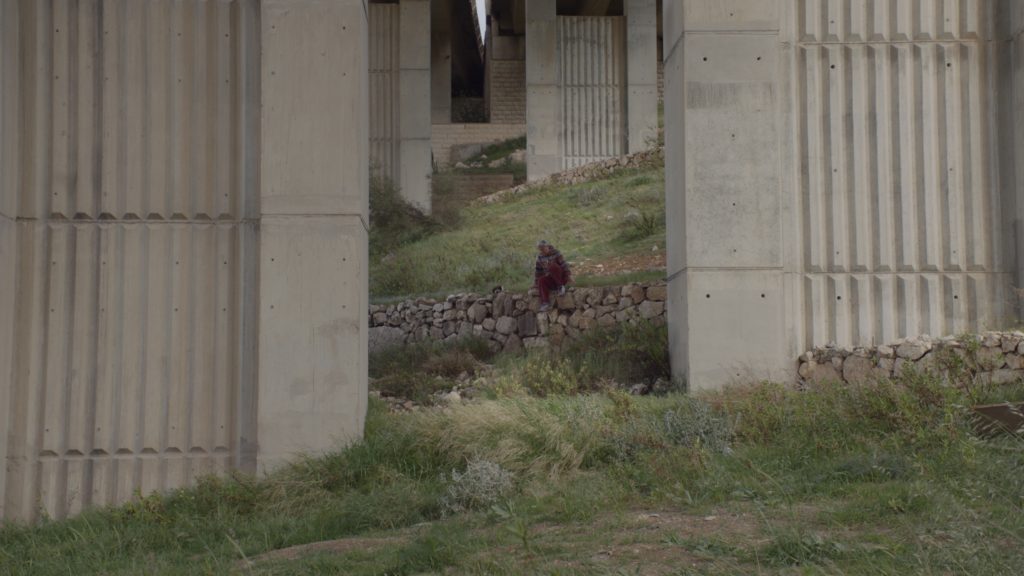
Wild Relatives involved a very dense history and reality, it was an encounter between two revolutions: the green revolution, which was a scientific revolution and the Syrian revolution, a political uprising that caused two gigantic ongoing and interconnected catastrophes. It was not a light topic, and it was hard to find humour In those histories. Foragers was lighter for me to work on as it is closer to home, and the absurdity is very familiar; you know, these laws and how they manifest are really absurd. There’s a dark comedy to the tragedy of Palestine that I believe is familiar to anyone growing up there. The pettiness of violence is sometimes so surreal that we have to laugh.
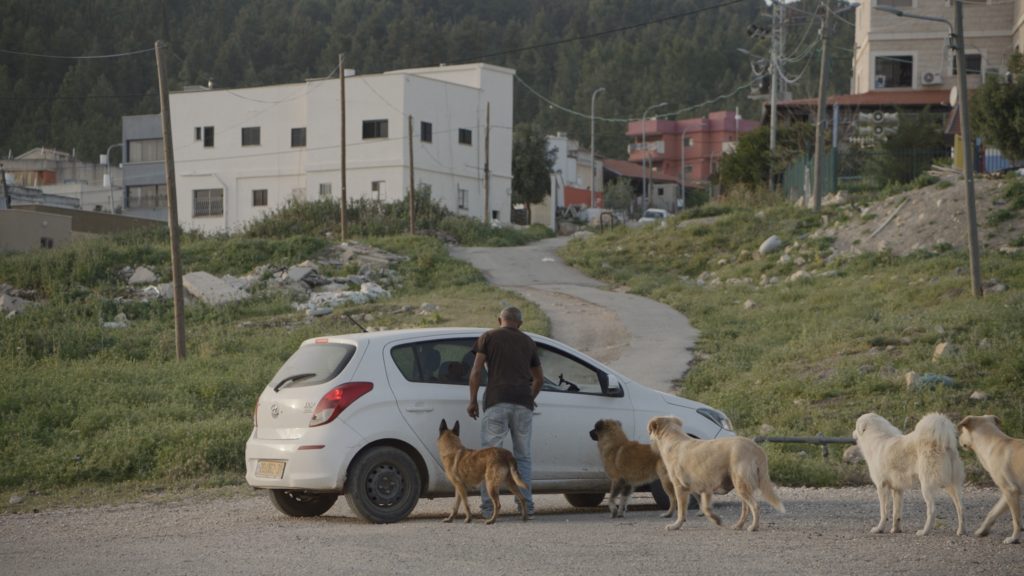
Jumana Manna is a visual artist and filmmaker. Her work explores how power is articulated, focusing on the body, land and materiality in relation to colonial inheritances and histories of place. Through sculpture, filmmaking, and occasional writing, Manna questions the paradoxes of preservation practices, particularly within the fields of archaeology, science and law. Her practice considers the tension between the modernist traditions of categorisation and conservation and the unruly potential of ruination as an integral part of life and its regeneration. Jumana was raised in Jerusalem, holds a BFA from the Academy of the Arts in Oslo, and an MA in Aesthetics and Politics from California Institute of the Arts. She lives in Berlin.
Sophia Hoffinger is a graduate of the School of African and Asian Studies (SOAS) University of London and a PhD researcher in Social Anthropology at the University of Edinburgh. In her research, she follows the legal struggles of anti-colonial and pro-Palestine activists in Berlin, Germany. She’s interested in bottom-up articulations of collective memory and justice.
Foragers will premiere at the Visions du Réel in Switzerland on April 12, 2022.






